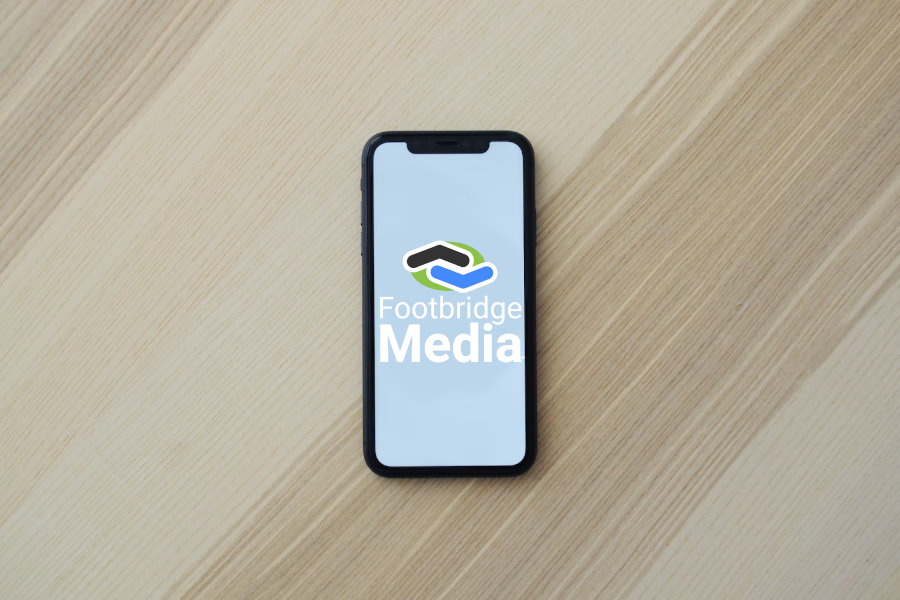Google's Mobile First Indexing: Another Reason Why Mobile Friendly Website Design is Important


If you are one of the few holdouts, here is another reason to bite the bullet and go mobile friendly – Google is officially rolling out the mobile-first index more broadly.
What Does "Mobile-First Indexing" Mean?
From day one at Google and all major search engines – the "desktop" view reigned supreme. All ranking decisions and algorithm efforts viewed your desktop version of your website as the authoritative view of your website and optimization efforts.
Even when the mobile web first came into being – Google was recommending separate "m.domain.com" or "mobile.domain.com" websites. Google would still look at the desktop view as only view of the website, and it didn't may much mind to the "mobile only" site.
As mobile devices grew more prevalent and Google started to push responsive website design as their preferred method – Google started to pay attention to mobile websites, but not as the primary version of the website. Your site would get crawled on a desktop view and the all-powerful Google would then determine your ranking. If you had a mobile-friendly page, your separate mobile search rank could be benefit. That model was "Desktop First"
Now the model is being flipped. Google will specifically start to crawl websites "Mobile First" meaning it will analyze your site and content based on what is seen within a mobile viewport. From this view, it will determine both your mobile and desktop ranking. If it finds no mobile version of the site to exist – it then switches back to the old-school desktop view method.
What's the Big Deal? Why is This Different?
If you don't have a mobile ready website, you could be missing out. If you, theoretically, took two exactly equal websites but made one mobile friendly and the other not – the mobile-friendly design may outperform the other – at least in mobile-centric searches (which is getting to be the majority of searches!).
If you have an old-school mobile page (m.domain.com or domain.com/mobile) that specifically redirected mobile devices away from the desktop view – you could be in trouble. Generally speaking, those separate mobile pages were much less dense as far as onsite content – and at the time that was totally by design. The mobile web was young, you had to manage two separate websites, and you didn't want to inundate the occasional mobile web viewer with too much information. Fast forward to today – if a "mobile-first index" hits your spartan mobile site – it looks like your site is very thin on content – and you could eventually drop in ranking.
Is My Website Ranking Going to Change Immediately? For Better or Worse?
This will be a slow roll out over time – and just as always, there are lots of ranking factors. While mobile-first may have an impact, it is not the only criteria that your websites will be judged upon.
If there is authoritative content on a slower loading, not mobile friendly page – it still may rank higher than a newer, fast as lightning mobile site with less time on.
What Do I Have to Do?
If you have a mobile only version of your website that is very thin on content, you need to take action. Your mobile only version should have the same content and usual best practices for SEO that you would implement on a desktop view. If you have a really bad mobile only page, or one that is in the middle of development, it may make more sense to remove it completely so that you can rely on a stronger desktop crawl analysis instead of a poor quality mobile crawl.
If your website is already responsive – where it is desktop-down-to-mobile or mobile-first-up-to-desktop – you likely already have the same content on both views of your site. Congratulations! Your efforts to keep up with the times and online marketing maintenance have paid off.

About Chris Lonergan
Chris Lonergan has over 12 years of contractor marketing experience with Footbridge Media. With a background in web design, print design, content creation, and online marketing, Chris is focused on providing quality marketing and business solutions in the construction and service industries - helping small business owners to more efficiently manage their company and grow their operations.





